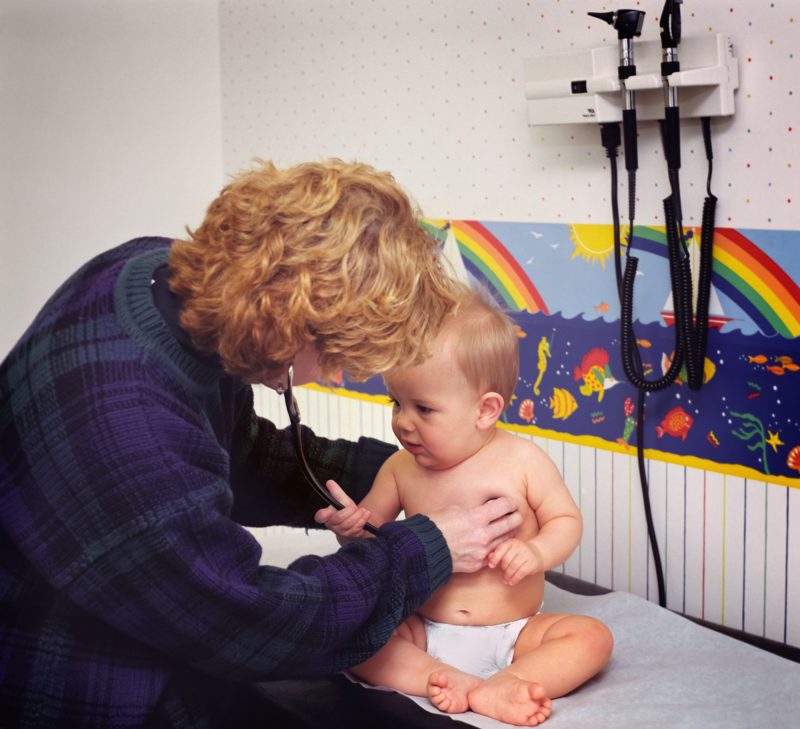With the recent adoption of the UN Resolution on Addressing the Challenges of People Living with Rare Diseases, the importance of the rare diseases is coming into the spotlight globally.
Why are rare diseases important?
They are Common – Rare diseases (RD) are paradoxically common. Globally, a minimum of 3.5-5.9% people are living with a rare disease (PLWRD), equating to 263-446 million people. This means that if a country was formed of people with rare diseases, it would be the World’s third largest country. 2 million Australians are affected, including approximately 63,000 children in Western Australia – that’s enough to fill Optus Stadium!
The Death Toll – Rare diseases kill more kids than cancer and trauma combined. In Ireland, 6 in 10 deaths in children and 9 in 10 hospital bed days for death are for rare diseases.
They are Expensive – In children, RD inpatient costs are 1.5 times higher than ALL common diseases combined. In the USA, just a subset of RD accounted for nearly $1 trillion annually in direct and indirect costs.
There is a significant Unmet need – On average it takes 5-7 years for a child with a rare disease to receive a diagnosis, and sometimes it can take decades in adults. Even when a diagnosis is reached, only 6% of rare diseases have specific drug therapies that are able to alter their prognosis.
The United Nations Resolution – it’s about the whole life journey
In December 2022, a global grassroots campaign led by PLWRD and their families led to the adoption of the first-ever UN Resolution on Addressing the Challenges of PLWRD and their Families. It was co-sponsored by 54 countries and unanimously accepted by all 193 UN Member States.
Health is critical, but it is just one component of unmet needs. The Resolution commits to Universal Health Coverage, including access to education and decent work, reducing poverty, tackling gender inequality, empowering women and girls, and supporting participation in society. It focusses on the person, the family and the community.
What are the health needs of PLWRD?
Care Coordination and Integration – Rare diseases are often multisystem disorders requiring interdisciplinary coordination. They affect all aspects of life, and so better connections between sectors – health, education, disability, insurance, employment, etc – are necessary and achievable. Centres of Expertise (CoE) for Rare Diseases are crucial in this integration, and the World Health Organisation has partnered with the Global Peak Advocacy Group for RD (Rare Diseases International) to establish a Global Network of CoE.
Primary Health Care – Primary care is often the first point of contact and can provide a medical home for PLWRD.
Mental Health – The mental health burden of rare disease on PLWRD and their families is 3-4 times greater than the general population. Mental health and wellbeing are a key missing link in current RD care.
The information in this article is based on Dr Gareth Baynam’s report, to be published in Medical Forum in February 2022. Dr Baynam is a clinical geneticist, and the director of Rare Care at Perth Children’s hospital. He is also the program director of the Undiagnosed Diseases Program WA, and the Head of the Western Australian Register of Developmental Anomalies.
Back to news